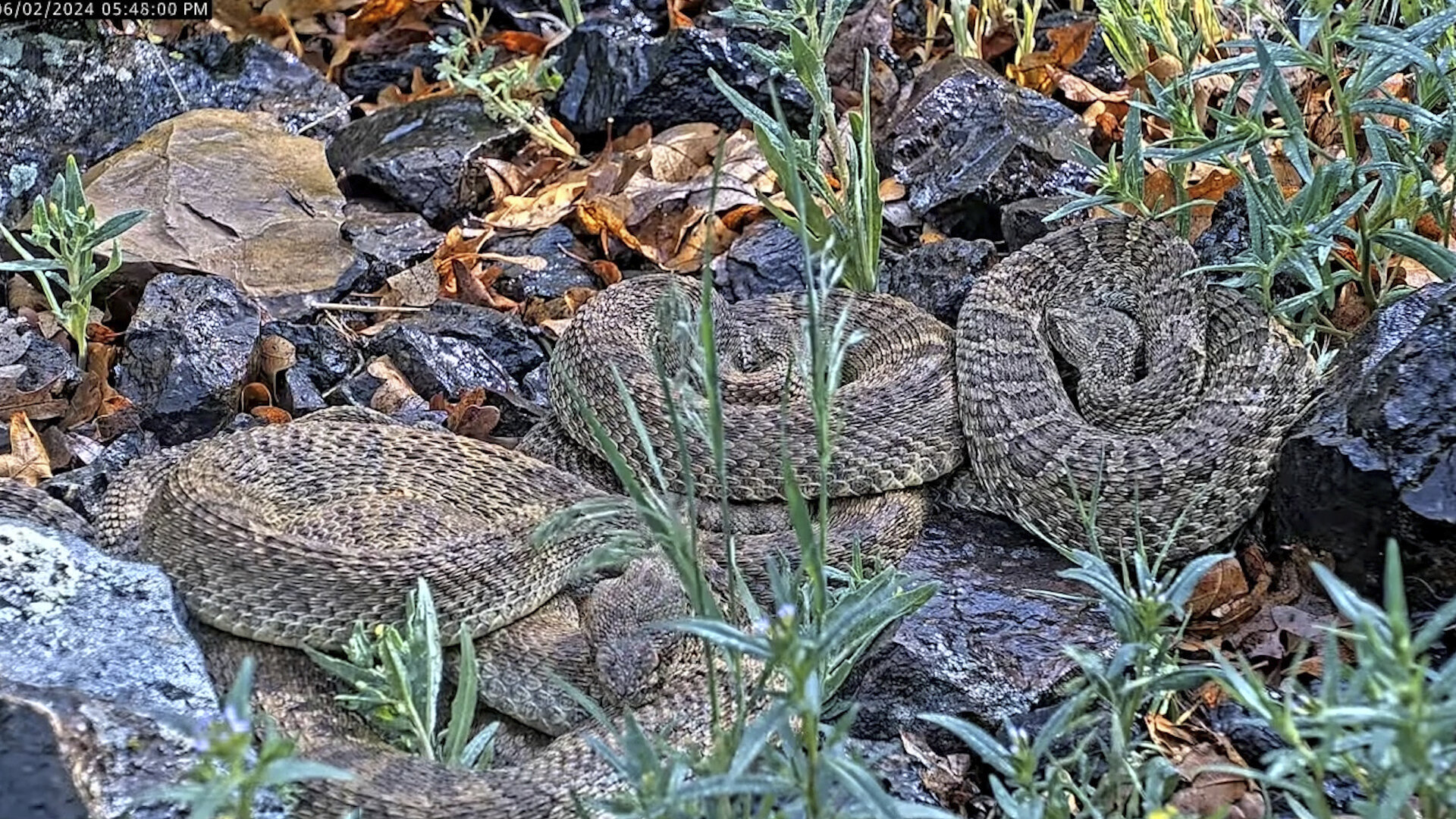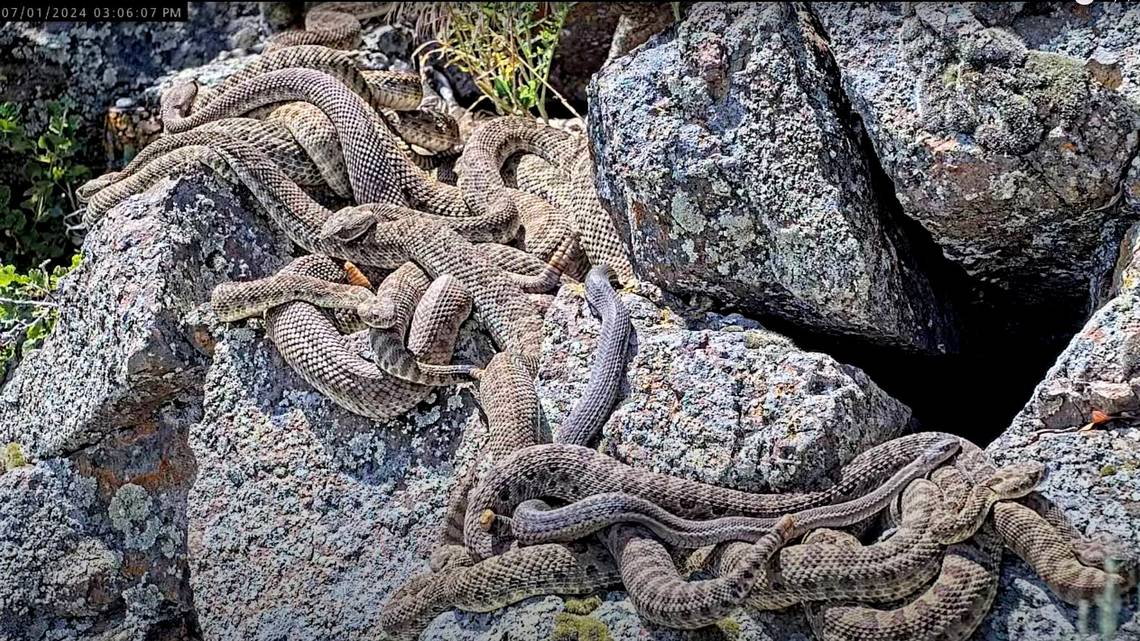Scientists are using a webcam to livestream a rattlesnake “mega den” in northern Colorado, which hosts up to 2,000 rattlesnakes. This large den considered one of the biggest known, offers an ideal habitat with rock crevices providing warmth and protection from predators. Emily Taylor, a biology professor at California Polytechnic State University, leads the study and highlights the significance of this unique geological site.
The live stream, part of a scientific initiative called Project RattleCam, aims to collect data on wild rattlesnakes without disturbing their natural behavior. Taylor emphasizes that this approach enables unbiased scientific discovery and offers the public a chance to observe rattlesnakes in their natural state.
By showcasing the snakes’ regular behavior, the project hopes to change public perception and combat negative stereotypes perpetuated by the media.
Public engagement with the live stream has been notable, with viewers reporting various interactions observed in the den, such as nocturnal visits by rodents.

The live chat on YouTube and submission forms have become platforms for sharing these observations, enhancing the study with citizen science contributions. Viewers also assist scientists by identifying individual rattlesnakes through their unique scale patterns, akin to human fingerprints.
Scientists are particularly interested in the interactions among pregnant snakes within the den, as many are expecting to give birth in August. Unlike other reptiles, rattlesnakes give live birth, and researchers plan to study maternal behaviors post-birth. Taylor notes that rattlesnakes are attentive mothers, even caring for the young of other rattlesnakes, a fact that might surprise many people.
The live stream will continue for a few more months before pausing for the winter, with plans to resume in the spring. The long-term goal is to install cameras at snake aggregations worldwide to gain a deeper understanding of these complex and social animals. The project not only advances scientific knowledge but also fosters a greater appreciation for rattlesnakes among the public.

